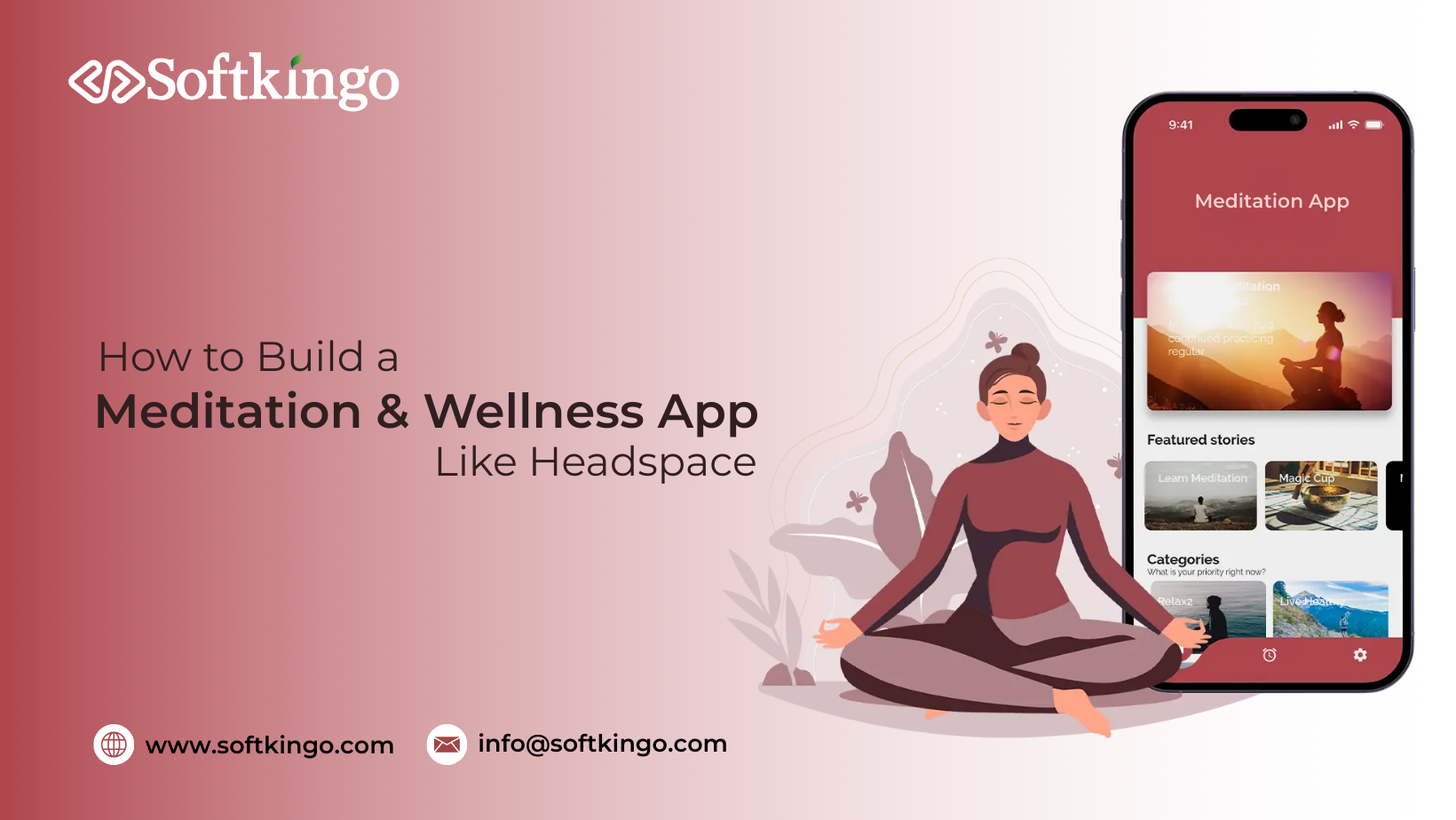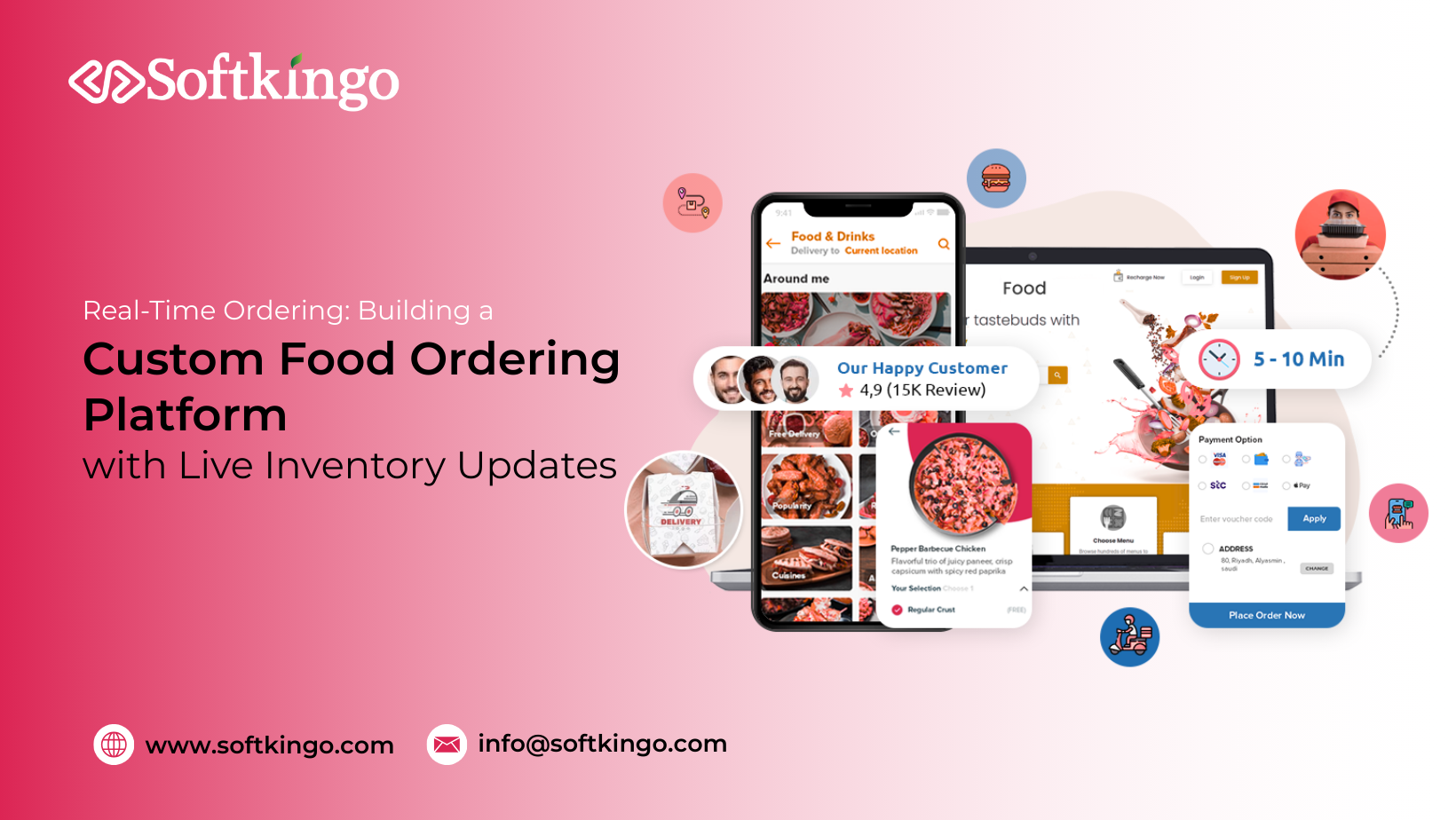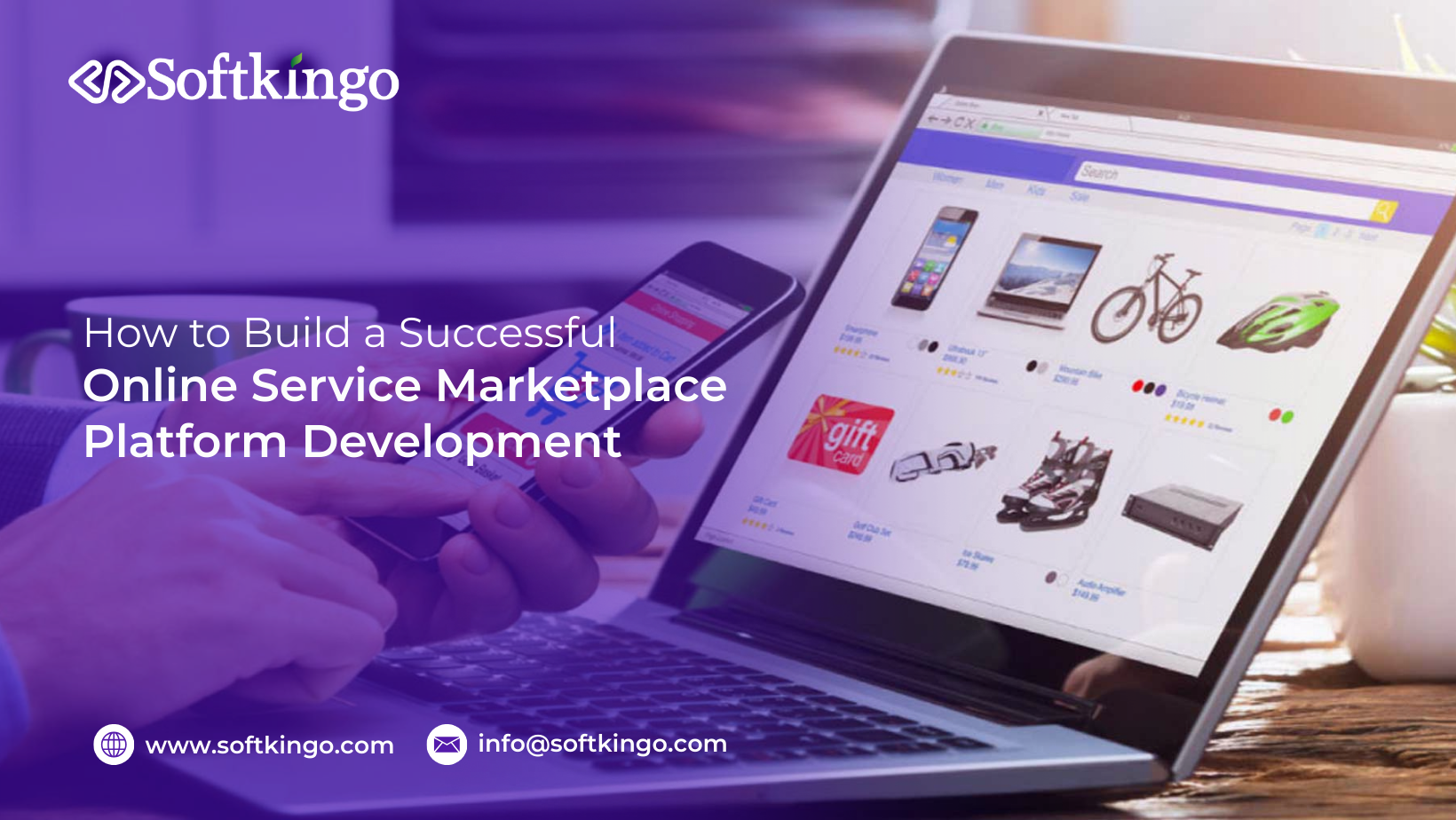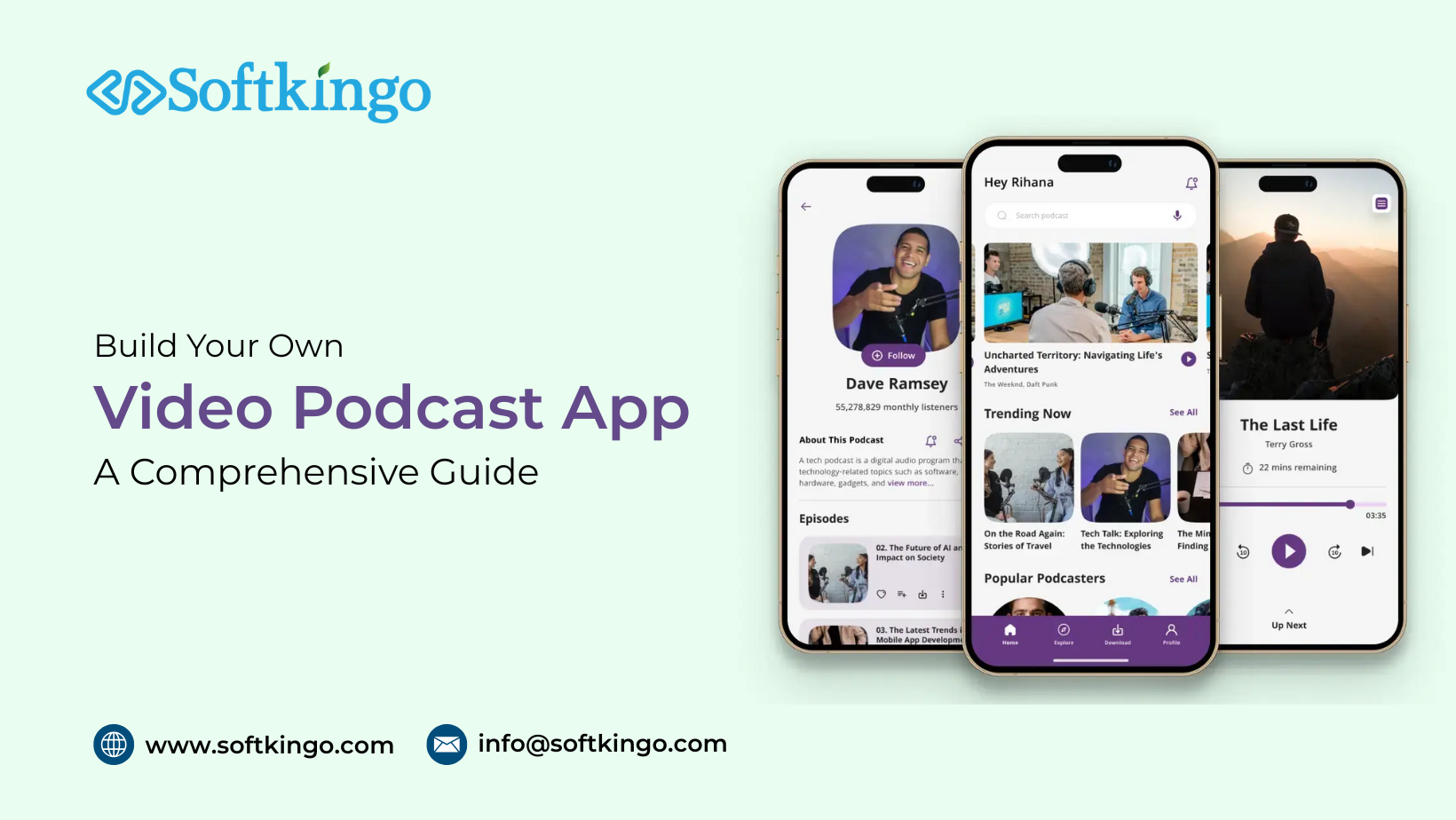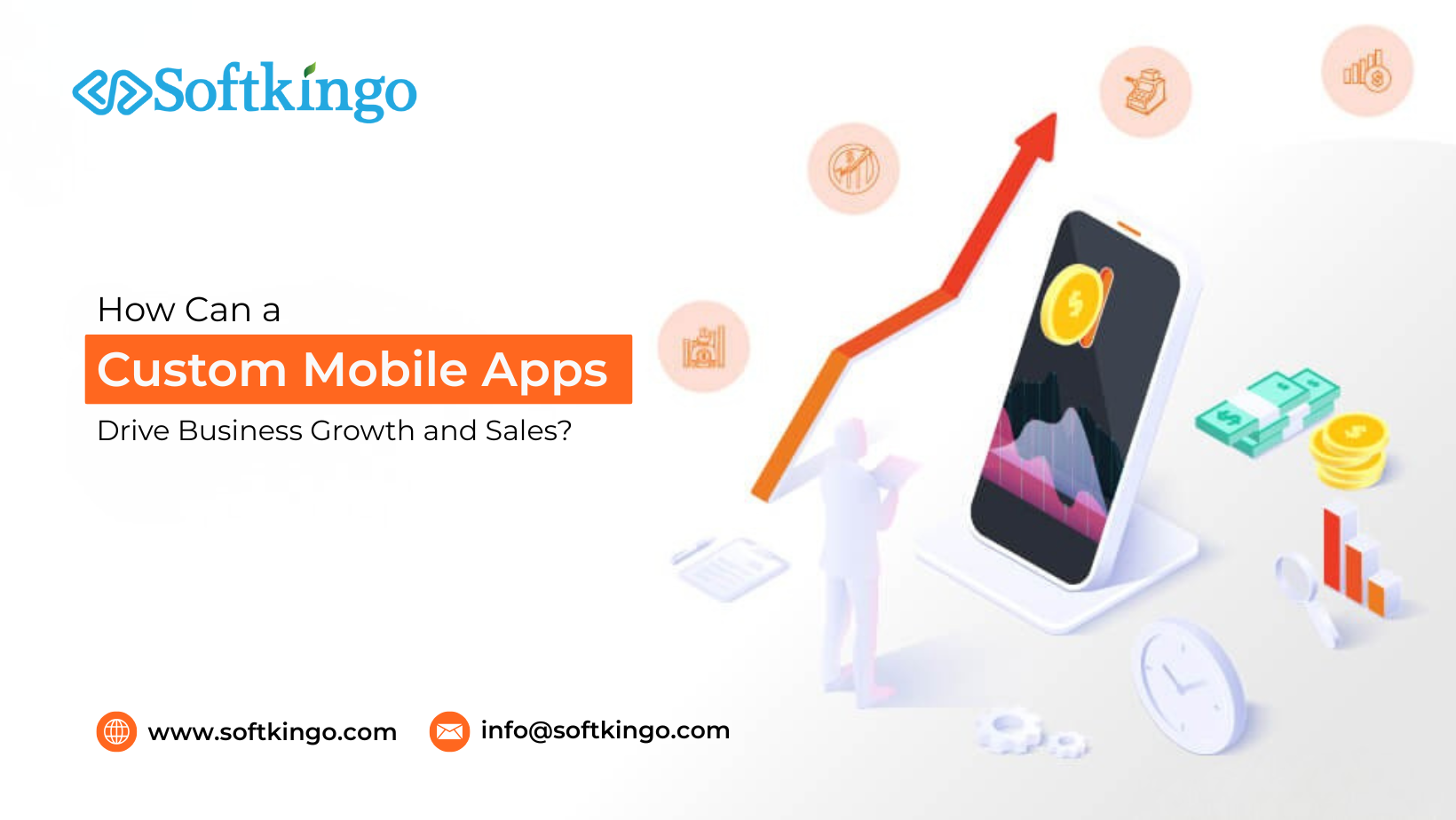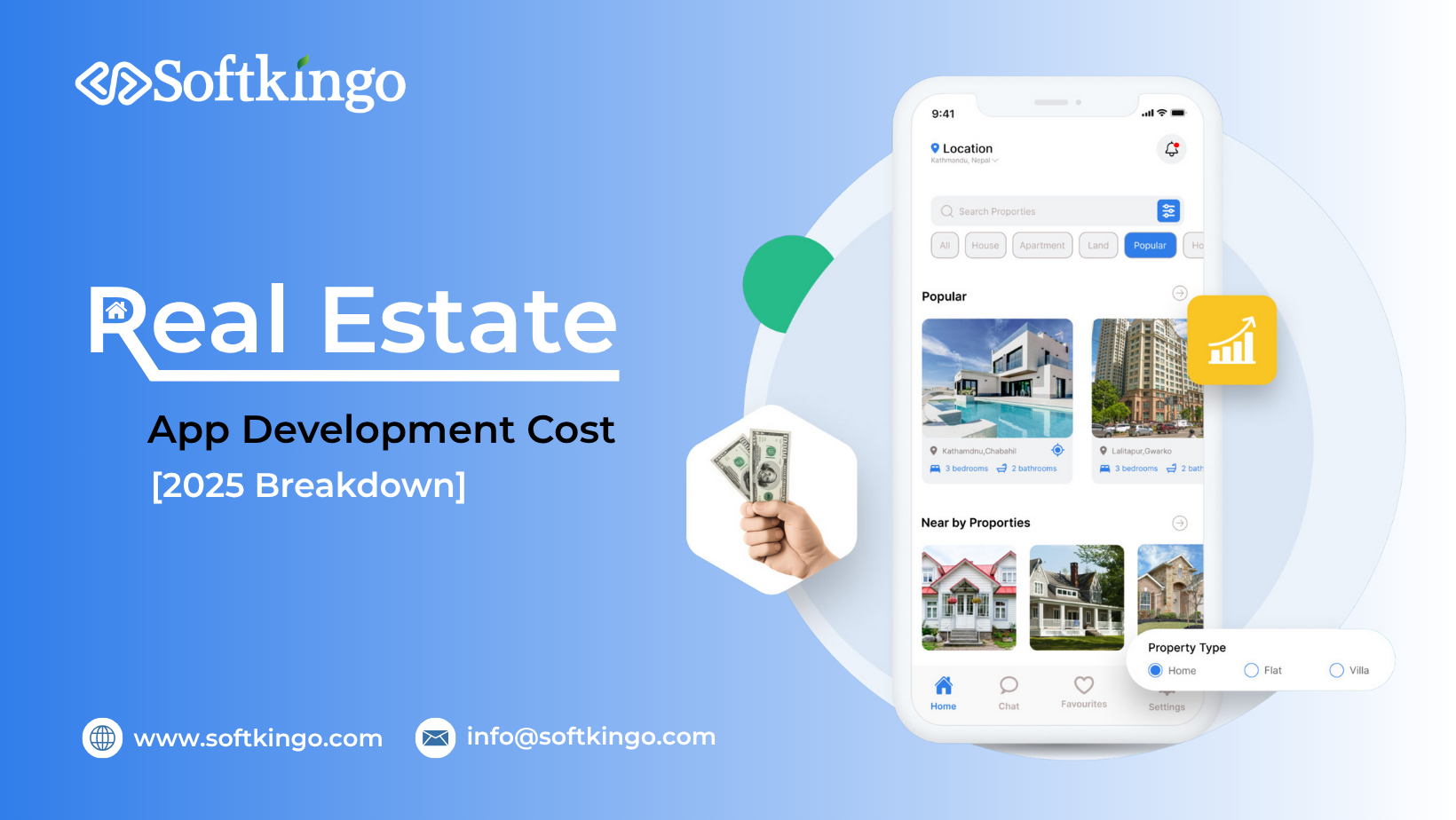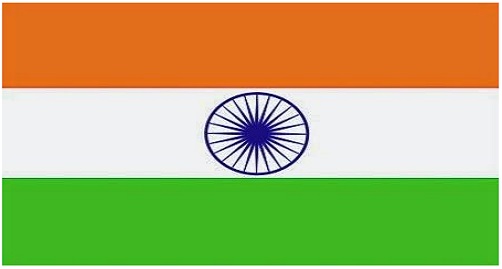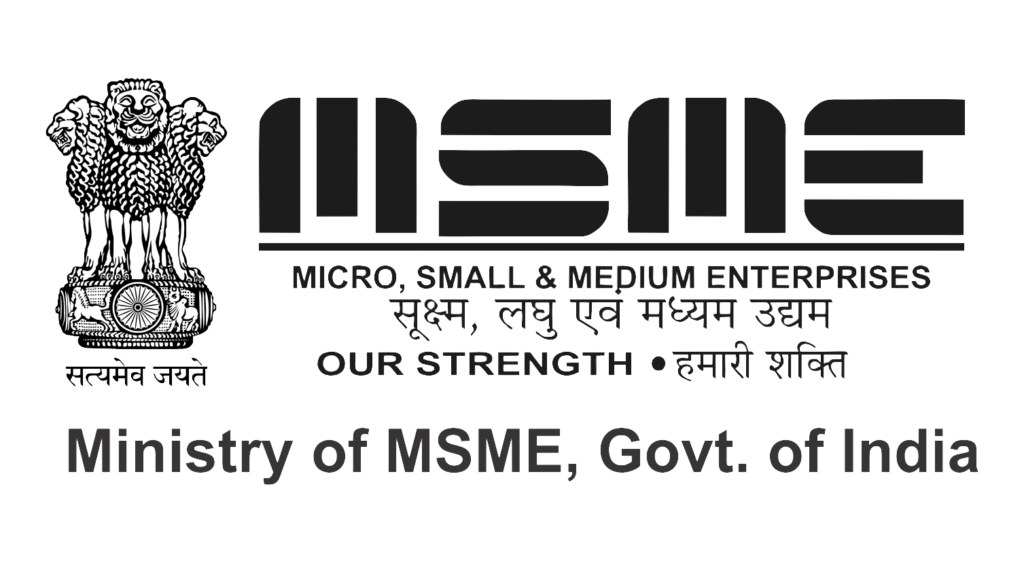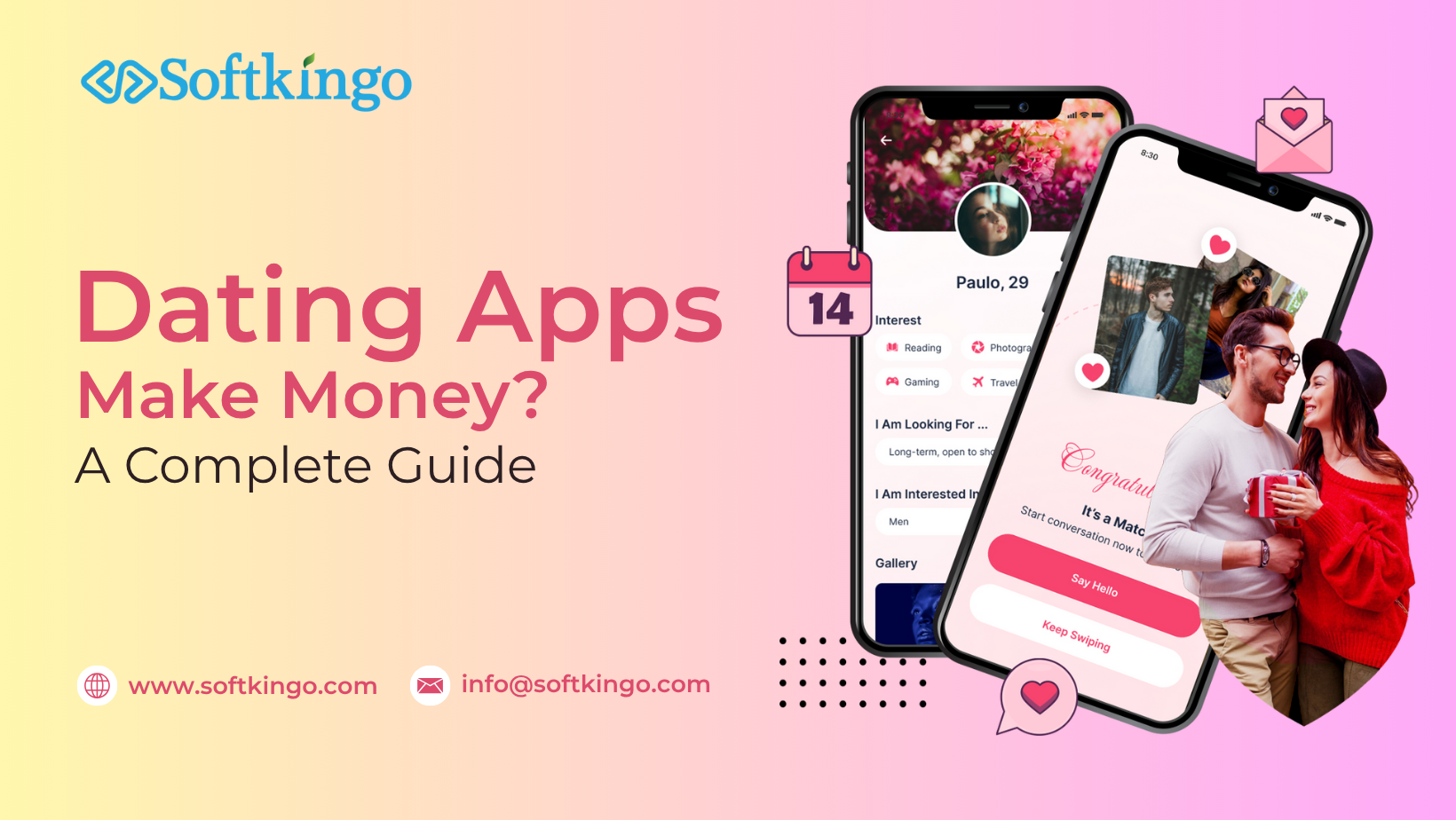
Dating apps now stand as the foundations of today's dating culture, shifting the way people forge connections through online dating. Various business models can generate revenue to ensure that newer dating apps succeed amidst profit and user satisfaction. As online dating becomes more and more popular, developers and entrepreneurs are continually changing their working methods to maximize profits and increase satisfaction levels in the user community of dating apps.
But how do apps that specially cater to dating make money? Several successful dating apps have different models that make revenue for their prosperity. This article will discuss the main revenue strategies used by some of the most popular dating apps, assess their strengths and weaknesses, and analyze how these strategies help dating apps stand out in a competitive market. It is essential for hopeful app owners as well as intrigued users to have a look at how dating apps profit in an attempt to comprehend the business paradigm.
Most Common Monetization Model in Dating Apps
Let us begin by understanding how dating apps generate revenue by analyzing the effective dating app monetization models that truly brought success to the industry. Let's dive deeper into these monetization models so that you may be able to incorporate them into the creation of a dating app that will generate revenues.
1. The Freemium Model
Free dating apps make money with a freemium model; that much is clear. So, the question: How do free dating apps make money?
Ford dating app revenue models, the freemium model top. It lets the users download the app and perform basic functions free of cost. The model gives away a limited, yet working experience free of charge, while premium features come with a price tag.
Basic users may not be able to swipe unlimited times every day or see only basic information about their matches. Users, who subscribe for premium, get unlimited swiping capabilities, the software shows who liked their profile, gives better matching filters, and even the choice to undo an accidental swipe.
Thus, this model creates a win-win situation by engaging the users in giving free usersor rather key support in making the community a lively environment and making premium users support the app financially.
2. Subscription Model
A subscription model is crucial for most of the top dating apps. Subscription allow for a steady and constant income, where the payment is charging the user on a monthly, quarterly, or yearly basis to offer exclusive access to advanced features. It answers, How do dating apps make money, especially those with an audience willing to shell out to better their dating experience? The subscription may provide benefits like:
- Ad-free browsing: Users enjoy an uninterrupted experience.
- Priority visibility: Profiles are shown first to others, increasing match potential.
- Advanced Matching Algorithms: access to compatibility scores or more tailored match suggestions.
The very same model is showcased by popular apps Tinder (Tinder Plus and Tinder Gold) and Bumble (Bumble Boost and Bumble Premium), which have demonstrated how to effectively monetize a dating app by ensuring a long stay of a user.
3. In-app Purchases
In-app purchases definitely earn a big chunk of revenue for free-dating apps. These purchases are usually one-time transactions that grant users particular privileges that do not require subscription. Common examples include:
Boosts: Temporarily promote your profile for better matches.
Super Likes: Show a user you are extra interested in them and make your profile stand out.
Virtual Gifts: Send unique digital items as tokens of interest or appreciation.
In-app purchases appeal to a lot of users who do not want to commit to a full subscription but would gladly pay for specific enhancements to their dating app experience.
4. Advertisements
Advertising is a leading dating app monetization model, especially for free apps. This model allows apps to remain free to users while generating revenue from third-party advertisers. Ads that are usually found on dating platforms might include:
Banner ads: Displayed at the top or bottom of the app screen.
Interstitial ads: Full-screen ads that appear in between app interactions.
Video ads: Usually of the incentivized kind and users watch ads in return for unlocking certain features.
Advertising is considered to be a major source of revenue for dating apps. This method works best for a large population of users: more users mean more ad impressions and an increase in ad earnings. Balancing ads and user experience is one of the hurdles. Too many ads will drive away users. The other disadvantage of this method is that it will add to your dating app development cost because of its complex architecture.
5. Partnerships and Sponsored Content
Strategic partnerships allow dating apps to collaborate with brands, providing exclusive special offers for their users while promoting branded content. For example, the dating application can partner with a restaurant chain to advertise "first-date" discounts, or it can collaborate with a streaming platform to provide exclusive "date" content.
This answer addresses the question of how dating apps make money in unique ways, further adding to the app's attractiveness.
Sponsored events or features can provide brands with exposure for the app while simultaneously giving users new opportunities and incentives.
6. Data Monetization
The process in question pertains to collecting user data in a manner more than sensitive and often looked down upon ethically, then selling anonymized insights from this data to third-party companies. These insights can help brands better understand consumer behavior, consumer preferences, and trends. This strategy, thereby, serves as a sort of answer to the question of how to make money with a dating app, especially when carried out with transparency and responsibility.
Monetizing data might work as a half-side income stream, thereby offering various avenues for profit maximization through the app. However, gaining the user's trust is essential. Privacy laws must be honored to maintain the decorum of credibility and conformity.
How the Best Dating Apps Make Money
Knowing how these I top dating apps I operate will give you an idea concerning which approach to monetizing might work best for your app and give it a fighting chance in this grinding competition. Now let us see each app along with its user base, total revenue, and method of generating revenue.
1] Bumble
It is a famous dating app that gives women the power of initiating conversations on an opposite-sex match. It stands for an encouraging environment and a space for social connections and career networking. If you want to create an app like Bumble, look at the Bumble app cost as a one-time investment for unlimited profits.
Bumble Monetization Strategy
Freemium: Basic swiping and messaging are free; premium subscriptions Bumble Boost and Bumble Premium entail additional features like SuperSwipes, extended visibility, and Travel Mode.
In-App Advertising: Ads are sporadic and non-intrusive for free users.
| Total Revenue | User Base |
| $1.07 Billion | 58 Million ( approx) |
2] Tinder
Tinder is likely the most famous dating app globally, providing a simple, swipe based method for online dating. Developing an app like Tinder not only attracts young users seeking both casual bonds but also appeals to adults who are meaningful connections.
Monetization Model on Tinder
- Freemium: Free users can swipe, like, and match. Premium options (Tinder Plus, Gold, and Platinum) unlock features like unlimited swipes, passport mode, See Who Likes You, and Super Likes.
- In-App Purchases: Boosts, Super Likes, and other one-time purchases to increase visibility or express more interest.
- In-App Advertising: Non-intrusive ads for free users.
| Total Revenue | User Base |
| $1.91 billion | 100 Million (approx.) |
3] Hinge
Hinge focuses on creating thorough profiles and having deep conversations to foster serious dating. The app is advertised as being created with the intention of helping individuals find lasting relationships, with the tagline "designed to be deleted. If you want to create an app like Hinge, make sure to focus on meaningful experience.
Monetization Model of Hinge
- Freemium: Basic features are free, including liking and commenting on profiles. Hinge Preferred offers premium features such as seeing who likes you, more filters, and advanced insights.
- In-App Purchases: Users can purchase extra features like boosts and likes to increase visibility.
- In-App Advertising: Light, non-intrusive ads for free users.
| Total Revenue | User Base |
| $396 million | 28 Million (approx.) |
4] Happn
Happn enables users to connect with individuals they have crossed paths with in real life, thanks to geolocation technology. It is an app focused on a specific area, aiming at users looking to connect with people in their vicinity.
Monetization Model of Happn
- Freemium: Free features include swiping on nearby matches. Premium subscriptions (Happn Premium) offer unlimited likes, see who liked you, and use the "Be Noticed" feature.
- In-App Purchases: One-time purchases like "CrushTime" and boosts to enhance profile visibility.
- In-App Advertising: Occasional, unobtrusive ads for free users.
| Total Revenue | User Base |
| $15-25 Million | 100 Million (approx.) |
5] Coffee Meets Bagel
Coffee Meets Bagel targets individuals looking for more meaningful relationships by providing curated daily matches based on interests and mutual connections.
Monetization Model of CMB
- Freemium: Free users get one daily match, with additional features unlocked in premium plans (CMB Premium), such as seeing who liked you and sending more likes.
- In-App Purchases: “Beans” (virtual currency) to unlock extra features, super-likes, and boosts.
- In-App Advertising: Occasionally displayed ads to free users.
| Total Revenue | User Base |
| $36 Million | 5 Million+ |
6] Plenty of Fish (POF)
Plenty of Fish is one of the oldest dating platforms, offering a wide user base and features for both casual and serious dating. It’s known for its detailed questionnaires that aim to match users based on personality compatibility.
Monetization Model of POF
- Freemium: Basic matching and messaging are free, while POF Premium unlocks features like viewing profiles anonymously and seeing who viewed you.
- In-App Purchases: Boosts, super-likes, and profile upgrades.
- In-App Advertising: Displayed to free users for revenue generation.
| Total Revenue | User Base |
| $18.7M | 50 Million |
7] eHarmony
eHarmony is known for its detailed personality quizzes and is designed for individuals seeking long-term relationships. It’s highly focused on matching users based on deep compatibility.
Monetization Model of eHarmony
- Freemium: Free users can complete the personality questionnaire and browse profiles, but to communicate, they need to subscribe to eHarmony Premium.
- In-App Purchases: Extra features like guided communication or messaging packages.
- In-App Advertising: Minimal ads, mostly for premium services.
| Total Revenue | User Base |
| $47.2M | 5 Million |
8] OkCupid
OkCupid offers a free and inclusive platform where users can answer a variety of questions to match with others who share similar values and interests. It also caters to a broad range of sexual orientations and relationship types.
Monetization Model of OkCupid
- Freemium: Basic matching and messaging are free, with OkCupid Premium providing features like seeing who liked you, an ad-free experience, and message filters.
- In-App Purchases: Boosts, profile boosts, and super-likes.
- In-App Advertising: Ads shown to free users.
| Total Revenue | User Base |
| $27.9M | 10 million |
9] Badoo
Badoo is a global dating app catering to users seeking both casual and serious relationships. It focuses on connecting people based on proximity and shared interests. Its unique selling point lies in offering a variety of ways to interact, such as live video chats and swiping features
Monetization Model of Badoo
- Freemium: Basic functionalities like creating a profile, swiping, and messaging are free. Premium plans include features such as seeing who liked you, boosting profile visibility, and accessing advanced search filters.
- In-App Purchases: Users can purchase "Badoo Credits" to unlock features like "Rise Up" (prioritizing profile visibility) or sending virtual gifts.
- In-App Advertising: Free users may encounter ads, but the platform minimizes their frequency to maintain a seamless experience.
| Total Revenue | User Base |
| $207 million | 100 million |
10] Grindr
Grindr is a popular dating app for gay, bi, trans, and queer people, offering a platform for both casual and more serious dating. The app is famous for its geolocation-based approach to connecting individuals.
Monetization Model of Grindr
- Freemium: Free users have basic access, but Grindr XTRA provides unlimited swipes, viewing who liked you, and an ad-free experience.
- In-App Purchases: One-time boosts and profile visibility enhancements.
- In-App Advertising: Displayed to free users in between swipes.
| Total Revenue | User Base |
| $260 million | 50 million |
How to Choose the Most Suitable Monetization Model for a Dating App?
Choosing a monetization model that will work best for your dating app is indeed one such task that affects the user experience and the growth of the app. Here are some key factors that can help you decide which route to take:
A] Know Your Target Market
- Find out what your users want and expect and if they are willing to pay for any service.
- For instance, younger audiences might lean toward freemium models, whereas professionals would probably prefer subscription plans for exclusive feature
B] Align with Your App's Features
- Your monetization model has to fit into the offerings of the app.
- For example, if your app is AI-based matchmaking, subscription or premium services would work best.
C] Market Trends
- Study what is working for your competitors in your niche.
- Keep up with the trends-opportunity: in-app purchases or token-based payment system.
D] Free Versus Paid Features; must be balanced
- Have enough free features to engage your users, but keep premium features conspicuous.
- It ensures users feel they are receiving value from the apps and still encourages them to go for an upgrade.
E] Go for Scalable Monetization Model
- Choose a monetization model that can continue growing as your app grows.
- By way of example, ad revenues may work fine initially, but you may want to start rolling out subscription services when you start to get a few thousands user.
F] Keep User Experience Intact
- Ensure ads and paywalls are not intrusive or frustrating.
- Builders must keep a seamless experience even for the free users.
G] Experiment and Adapt
- Start with one model and gather feedback from users.
- Be open to adding new revenue streams as your app evolves.
H] Plan for Long-Term Sustainability
- Think beyond quick gains and aim for steady, reliable income.
- Subscription-based models often provide consistent revenue compared to one-time purchases.
The Future Outlook On Monetization In Dating Apps
Most of the dating apps are retaining newer technologies and methodologies that render dating apps advanced and aplenty with features.
AI and Personalisation
Artificial intelligence and machine learning mark the changes in the dating app environment. These technologies have facilitated personalised matchmaking, predictive analysis that not only helps users but also can help app owners analyse user behaviour and draw growth strategies accordingly.
Integration of AI development in an advanced dating app can take any company to the level enjoyed by the top brands.
Web3 and Cryptocurrency
Blockchain development for identity verification leads to increased trust and transparency, which in turn solves the safety concerns common to online dating. Moreover, cryptocurrencies offer numerous possibilities to earn, big or small: micropayments for a feature or digital commodities. A decentralized platform should be able to allow users greater control over their information, hence guaranteeing privacy and revenue-sharing models through which all stakeholders, i.e., the users and the app owners, benefit.
Such tokenized platforms, where users earn and spend digital tokens within the app, can be used as a gamified approach to increase engagement and revenue. For instance, users could be given tokens for valuable contributions and be allowed to purchase tokens for exclusive features.
Create the Next Groundbreaking Dating App With Softkingo
In Softkingo, a foremost dating app development company we develop cutting-edge and user-friendly dating applications that suit modern users. A team of highly skilled developers, designers, and strategists have collaborated on the development of a number of dating apps that are now thriving in the market. Let us help bring your vision to life by developing a full-featured, scalable, and engaging app where users can forge meaningful connections. Reach out to collaborate with our team to create the next big name in dating app circles!
Conclusion
To successfully monetize dating apps requires a thorough understanding of user preferences, market trends, and new technologies. Different monetization options exist, including freemium services, tiered subscriptions, and ad revenue. There is simply no one fitting option for each app type; the important thing is that they pick the one that aligns with the vision of the app and provides value to its user.
The near future envisages trends like personalized subscription offers and Web3 innovations that will revolutionize the way dating apps get their income and engage users. The biggest challenge here again is the perfect balancing of monetization strategy with safe, trustworthy, satisfying user-centric features.
By staying ahead of trends and focusing on the needs of today’s users, businesses can create dating apps like Hinge and Bumble that are not only profitable but also make meaningful connections in an increasingly digital world.
Paramhans Singh is the CEO and founder of Softkingo Technologies, bringing over 8 years of experience in delivering custom software solutions that help startups and enterprises achieve their business goals. He has successfully validated more than 220 app and website ideas and delivered over 100 tailored solutions, utilizing a range of technologies such as Swift, Kotlin, React Native, Flutter, PHP, RoR, IoT, AI, NFC, AR/VR, Blockchain, and NFTs.



